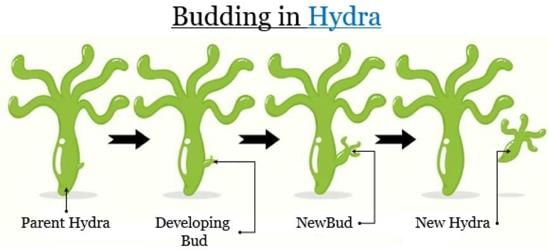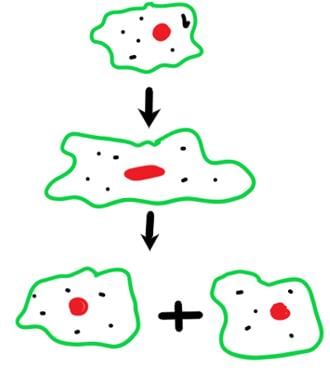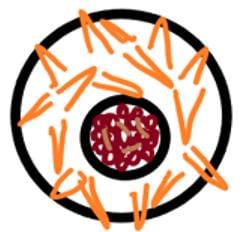CUET Exam > CUET Tests > Test: Asexual Reproduction (Old NCERT) - CUET MCQ
Test: Asexual Reproduction (Old NCERT) - CUET MCQ
Test Description
10 Questions MCQ Test - Test: Asexual Reproduction (Old NCERT)
Test: Asexual Reproduction (Old NCERT) for CUET 2025 is part of CUET preparation. The Test: Asexual Reproduction (Old NCERT) questions and answers have been prepared
according to the CUET exam syllabus.The Test: Asexual Reproduction (Old NCERT) MCQs are made for CUET 2025 Exam.
Find important definitions, questions, notes, meanings, examples, exercises, MCQs and online tests for Test: Asexual Reproduction (Old NCERT) below.
Solutions of Test: Asexual Reproduction (Old NCERT) questions in English are available as part of our course for CUET & Test: Asexual Reproduction (Old NCERT) solutions in
Hindi for CUET course.
Download more important topics, notes, lectures and mock test series for CUET Exam by signing up for free. Attempt Test: Asexual Reproduction (Old NCERT) | 10 questions in 10 minutes | Mock test for CUET preparation | Free important questions MCQ to study for CUET Exam | Download free PDF with solutions
Test: Asexual Reproduction (Old NCERT) - Question 1
Budding is a method of asexual reproduction found in ______.
Detailed Solution for Test: Asexual Reproduction (Old NCERT) - Question 1
Detailed Solution for Test: Asexual Reproduction (Old NCERT) - Question 2
Test: Asexual Reproduction (Old NCERT) - Question 3
There is no natural death in single-celled organisms like Amoeba and bacteria because
Detailed Solution for Test: Asexual Reproduction (Old NCERT) - Question 3
Test: Asexual Reproduction (Old NCERT) - Question 4
Which of the following undergoes binary fission?
Detailed Solution for Test: Asexual Reproduction (Old NCERT) - Question 4
Detailed Solution for Test: Asexual Reproduction (Old NCERT) - Question 5
Detailed Solution for Test: Asexual Reproduction (Old NCERT) - Question 6
Test: Asexual Reproduction (Old NCERT) - Question 7
Which one of the following statements is not correct?
Detailed Solution for Test: Asexual Reproduction (Old NCERT) - Question 7
Test: Asexual Reproduction (Old NCERT) - Question 8
Asexual reproduction produces offsprings with variations.
Detailed Solution for Test: Asexual Reproduction (Old NCERT) - Question 8
Test: Asexual Reproduction (Old NCERT) - Question 9
Which of the following options shows bisexual animals only?
Detailed Solution for Test: Asexual Reproduction (Old NCERT) - Question 9
Test: Asexual Reproduction (Old NCERT) - Question 10
How many daughter cells are produced when a bacterial cell reproduces asexually?
Detailed Solution for Test: Asexual Reproduction (Old NCERT) - Question 10
Information about Test: Asexual Reproduction (Old NCERT) Page
In this test you can find the Exam questions for Test: Asexual Reproduction (Old NCERT) solved & explained in the simplest way possible.
Besides giving Questions and answers for Test: Asexual Reproduction (Old NCERT), EduRev gives you an ample number of Online tests for practice
Download as PDF
























